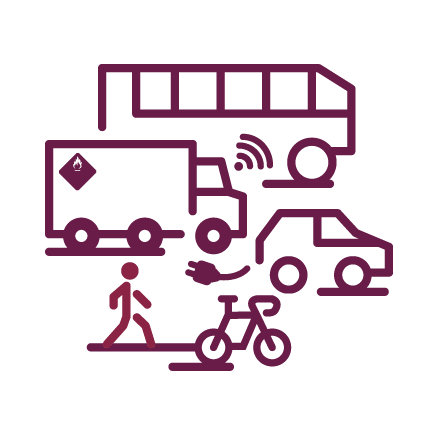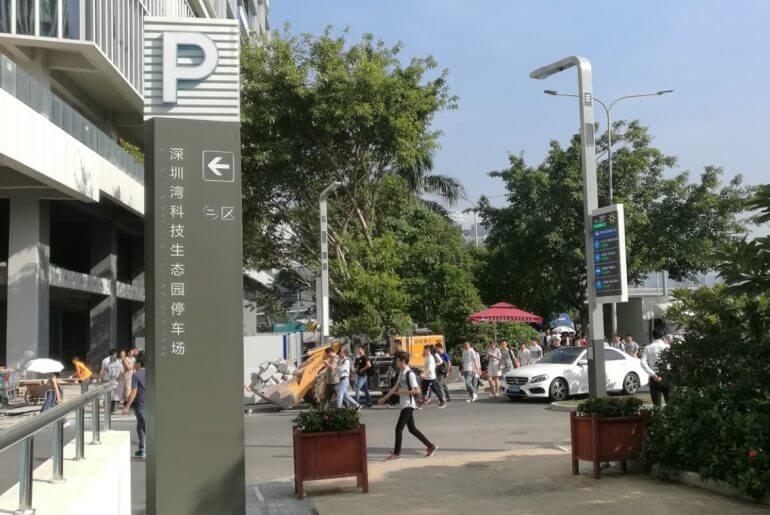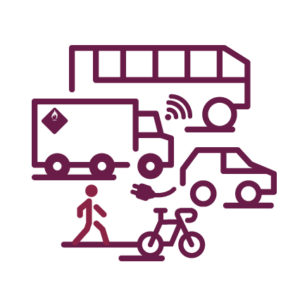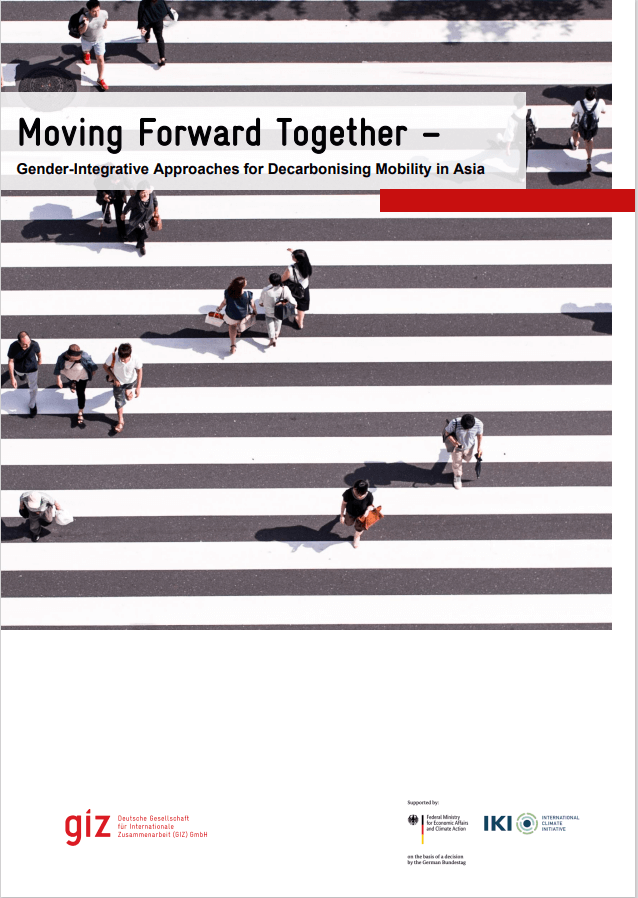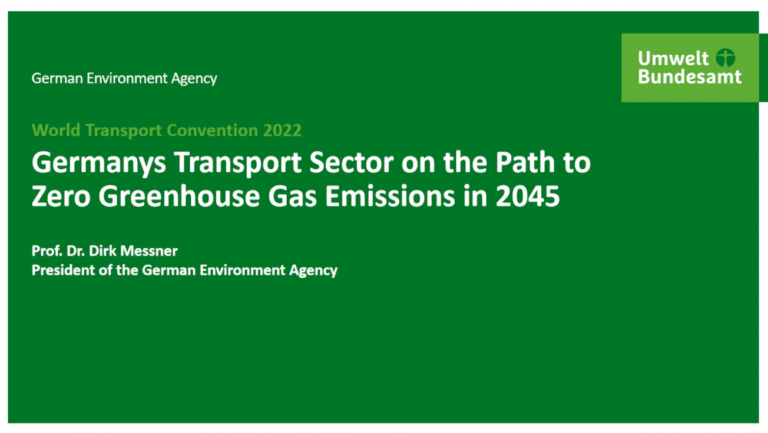GIZ in China has been working with the Chinese cities of Shenzhen and Foshan since 2012 on low-carbon transportation. From April 9 to 10, two GIZ experts (Dr. Christoph Nedopil and Shengyang Sun) and Benedikt Notter from INFRAS, a consultancy and engineering company based in Switzerland, travelled to Shenzhen to work with the Shenzhen Urban Transport Planning Center (SUTPC) on improving the accounting of greenhouse gases from road transportation in Shenzhen. In order to understand traffic flows, SUTPC currently collects about 750 million records of big data daily to monitor traffic flow (see also our interview with SUPTC about big data here). However, more information is necessary to quantify emissions from driving, which depend, amongst others, on the type of vehicle or whether a vehicle is stuck in a traffic jams or is driving at high-speeds. Thus, SUPTC has recorded about 7,000 hours of very detailed driving cycles from trucks (such as exact locations, speeds, times etc.). GIZ, INFRAS and SUPTC analyzed the data to calculate de-facto emissions and to integrate these factors into the handbook emission factors for road transport (HBEFA). With the outcomes, the city of Shenzhen is better able to form targeted policies to lower emissions.

Next to working with SUTPC on emission quantification, the two GIZ colleagues were invited to visit the Shenzhen-based autonomous bus company Haylion. The co-founder of Haylion, Luo Jian, explained the technology of the autonomous bus, including the use of German Lidar technology. During a test-drive with one of the four autonomous buses, Mr. Luo said that Haylion`s autonomous buses will go on public testing at the end of the year.
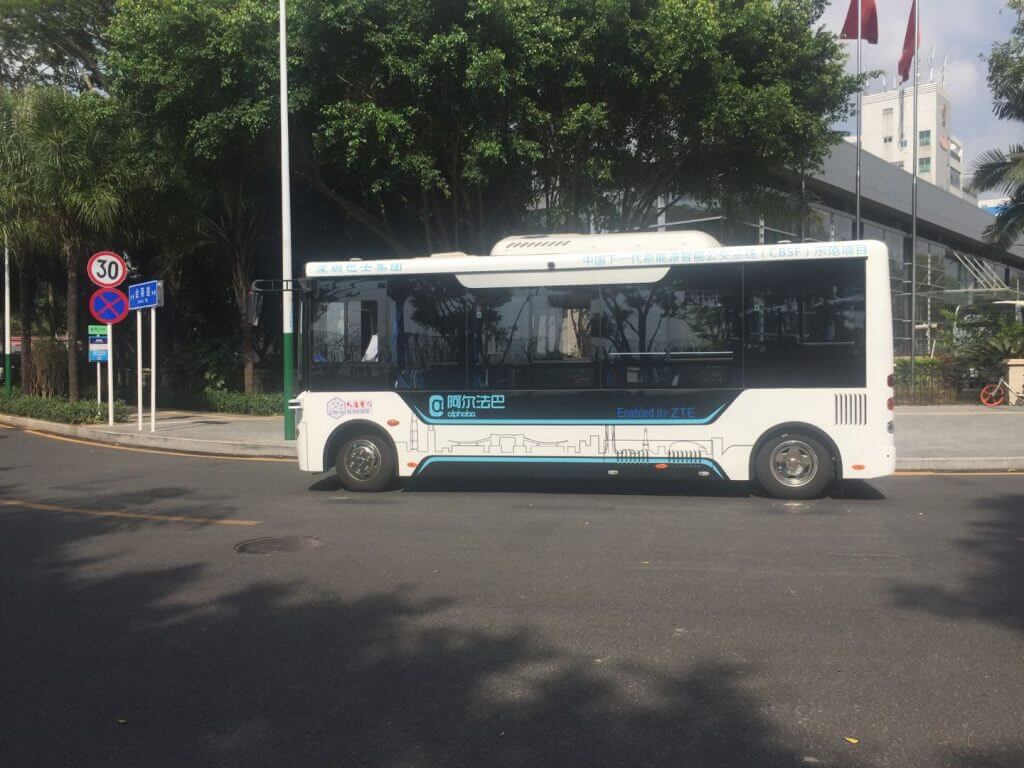
From April 10 to 11, the two GIZ colleagues went to Foshan in Southern China to discuss the implementation of transit alliances. A transit alliance is the centralized cooperation of different public transportation providers, where one agency coordinates the different public transportation services (such as bus companies, subway, commuter train etc.). This can mean, for example, that the transit alliance plans public transportation corridors, stations and lines in a specific area, coordinates time tables, and enables the use of one ticket for all involved public transportation providers (for more information, please also refer to the Sourcebook Transit Alliance here). Today, some parts of the municipality of Foshan, with about 7 million inhabitants, already operate in traffic alliances that coordinate different bus companies. In a presentation to the planning committee of the Gaoming District, Shengyang Sun explained the governance of transit alliances. He emphasized the necessity for real competition when tendering commissions for specific public transportation lines. Of particular interest was the question of how to calculate revenues of different operators and how to optimize routing in a transit alliance. One of the suggested solutions was to use data from digital payments: as most passengers use rechargeable IC-cards to pay for their bus fare, the boarding station of these passengers is known. However, as passengers don`t have to swipe their IC-cards when exiting the bus, their destination is not knowable in this system. In a presentation by the Chinese technology company 车来了(che lai le – “the bus has arrived”), which specializes in providing real-time arrival times of busses, it was shown that bus operators could use big data to calculate OD-behavior (origin-to-destination behavior) of passengers in order to distribute revenues and optimize routes.
Both SUTPC and the Foshan municipality seemed very interested to continue and strengthen the cooperation on low-carbon transportation with GIZ, particularly as further challenges on sustainable transportation are on the horizon: using big data for smarter transportation, integrating shared bikes into the flow of traffic, or integrating the 1,000 hydrogen buses and hydrogen tram that Foshan plans to operate by the end of 2020 into the transit alliances.
